Biden tells Japanese PM that the US is fully committed to defending Japan
>
Biden tells Japanese prime minister the US is “fully committed” to defending Japan amid growing Chinese threat.
- Joe Biden welcomed Japanese Prime Minister Fumio Kishida to the White House on Friday.
- He said the United States was “fully committed” to Japan’s defense.
- It comes as China continues to flex its muscles in the Indo-Pacific region.
- Beijing held armed exercises around the island of Taiwan earlier in the week
<!–
<!–
<!–<!–
<!–
<!–
<!–
US President Joe Biden told Japanese Prime Minister Fumio Kishida that the United States strongly supports Japan’s defense when he welcomed him to the White House on Friday.
In their meeting in the Oval Office, Biden also thanked Kishida for his leadership on technology and economic issues.
“Let me be very clear, the United States is fully and completely committed to the alliance,” he said. “And more importantly, for the defense of Japan… the defense of Japan.”
Their meeting comes amid rising tensions with China over Taiwan’s status and after Japan last month announced plans to increase defense spending to 2 percent of gross domestic product, a stark reversal for a nation that he took a pacifist approach after World War II.
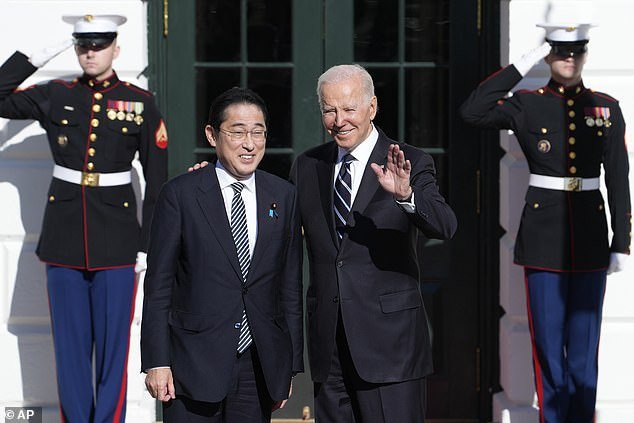
US President Joe Biden received Japanese Prime Minister Fumio Kishida at the White House on Friday, telling him that the United States strongly supports Japan’s defense.
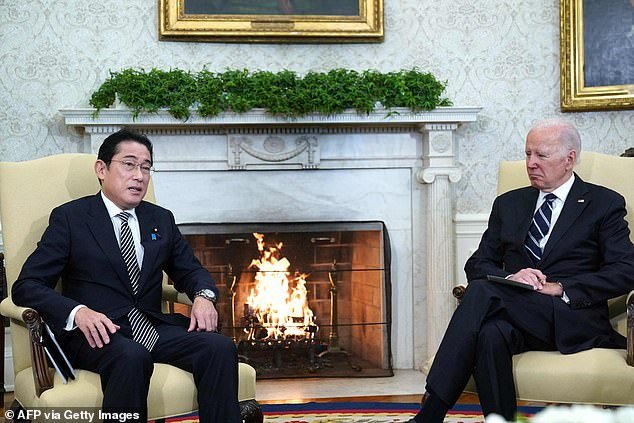

At their meeting, Biden also thanked Kishida for his leadership on technology and economic issues, while the Japanese prime minister discussed his increased defense spending.
“Today I look forward to how we can continue to advance our shared goals and values, including the G7 summit in Japan and AIPAC in San Francisco later this year,” Biden said.
The two administrations were also ready to seal an agreement to strengthen US-Japanese cooperation. cooperation.
For his part, Kishida thanked his host and explained why his nation’s defense spending had increased.
“Japan and the United States are currently facing the most challenging and complex security environment in recent history,” Kishida said.
‘And to ensure peace and prosperity in the region, and contribute to that and also safeguard the peace and security of Japan. Late last year, Japan formulated a new national security strategy.
He added that the two would also be discussing how to maintain a free and open Indo-Pacific, at a time when China continues to flex its muscles.
Its military launched large-scale joint combat attack drills earlier in the week, sending warplanes and navy ships toward Taiwan on Sunday.
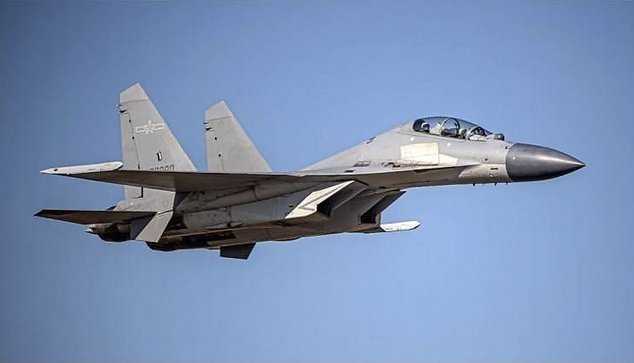

A Chinese PLA J-16 fighter jet flies at an undisclosed location (file photo). The Chinese military conducted large-scale joint combat attack drills starting Sunday, Jan. 9, 2023, sending warplanes and navy ships toward Taiwan, the Chinese and Taiwanese defense ministries said.
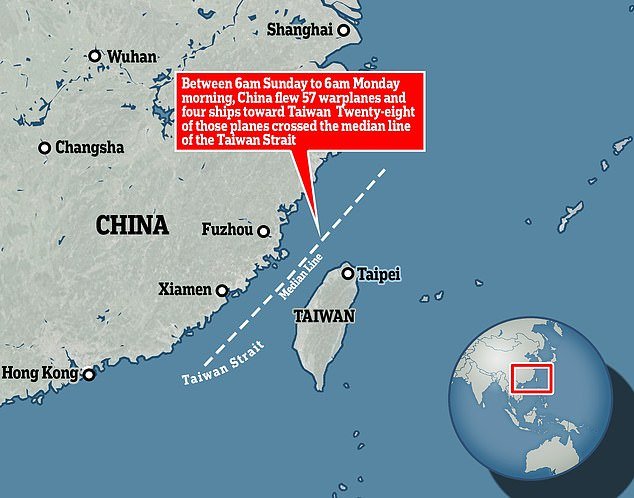

A map of activity between 6 a.m. Sunday and 6 a.m. Monday
Over the course of 24 hours, between 6 a.m. Sunday and 6 a.m. Monday, the Chinese People’s Liberation Army flew 57 fighter jets and four ships into Taiwan, Taiwan’s Ministry of National Defense said in a statement on Monday in the morning.
Twenty-eight of those planes crossed the median line of the Taiwan Strait, an unofficial limit that both sides had previously respected.
China said the “main purpose of the drills was to practice ground attacks and sea assaults,” according to a statement from Shi Yi, a spokesman for the PLA’s Eastern Theater Command.
Days earlier, the US Navy sent a destroyer sailing through the sensitive Taiwan Strait in a show of force.
In a statement, the US military said the Arleigh Burke-class guided-missile destroyer Chung-Hoon carried out the transit.
“Chung-Hoon’s transit through the Taiwan Strait demonstrates the United States’ commitment to a free and open Indo-Pacific,” the statement added.
He said the entire operation was carried out in accordance with international law.
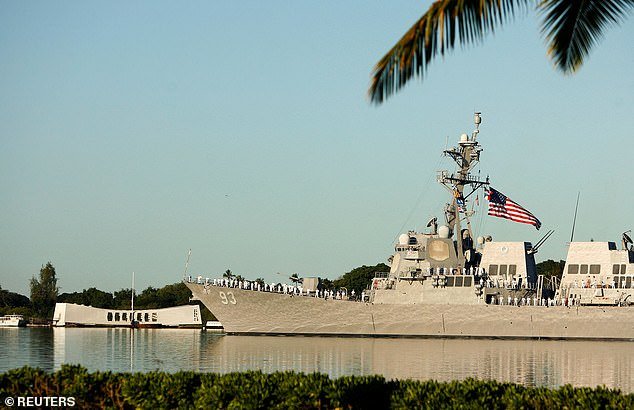

In a statement, the US military said the Arleigh Burke-class guided-missile destroyer Chung-Hoon carried out the Taiwan Strait transit (file photo)
